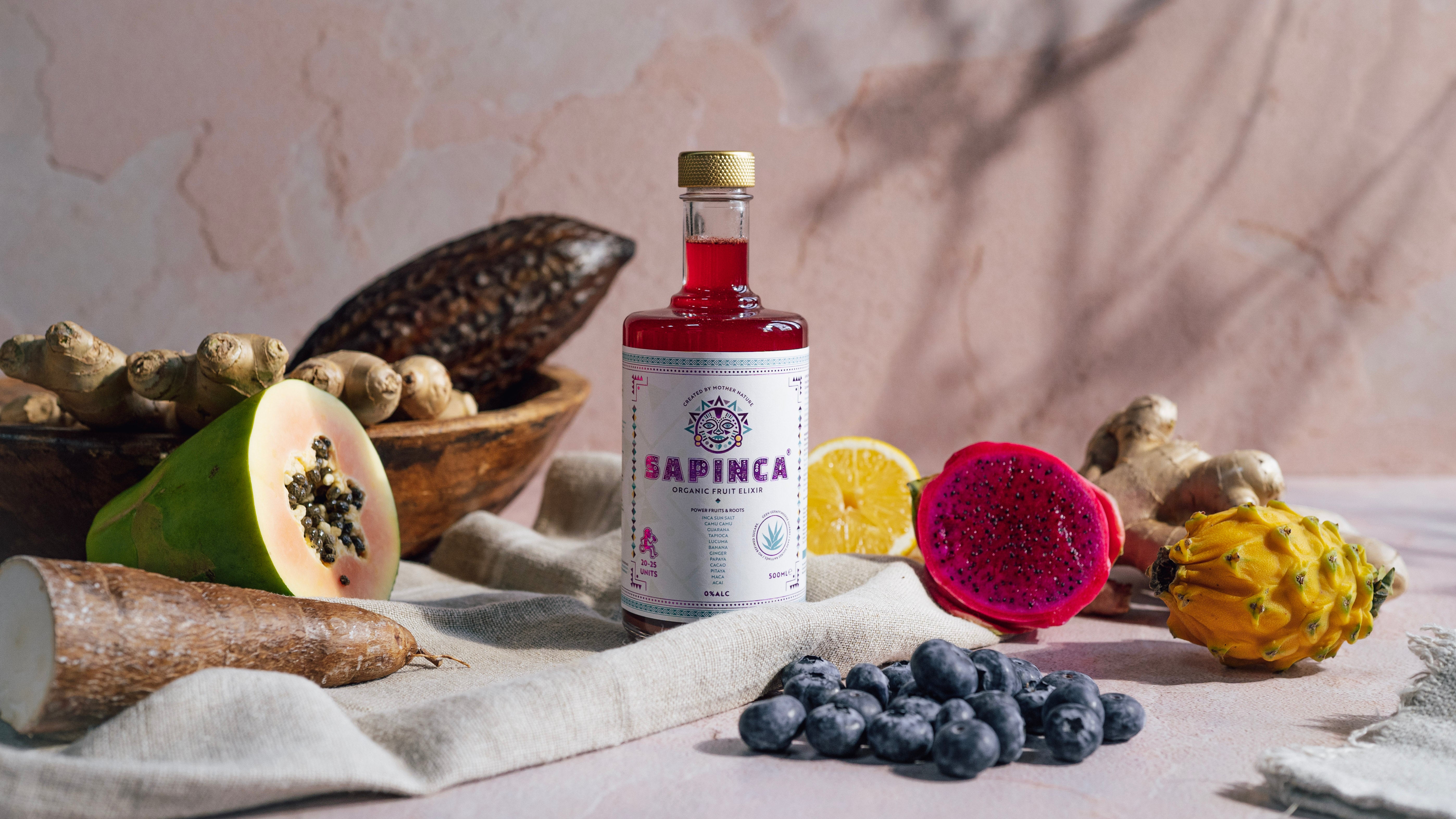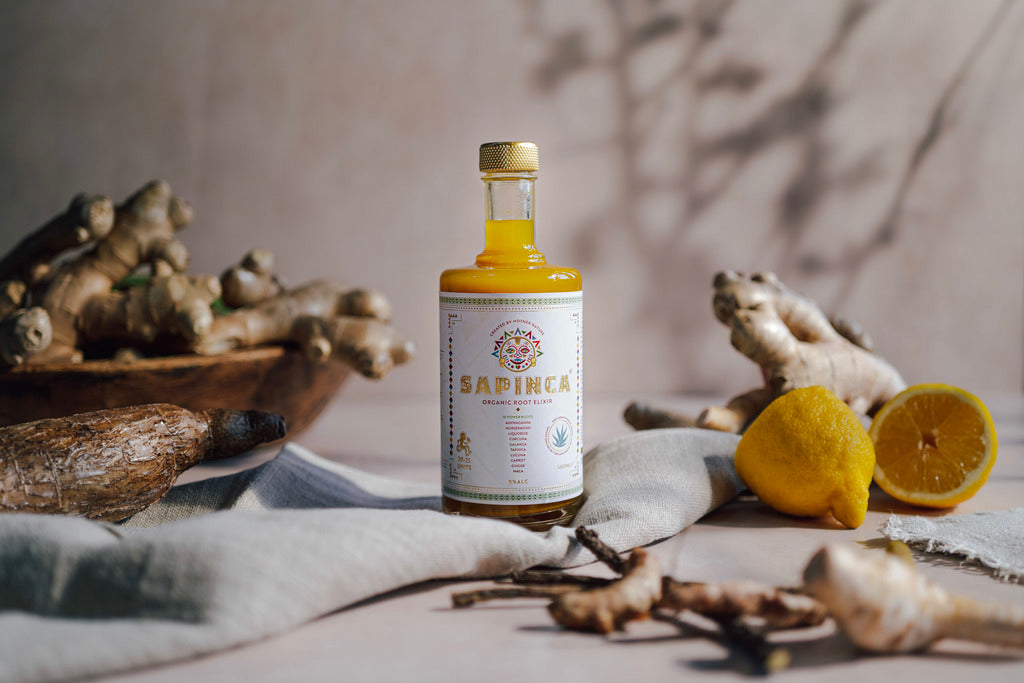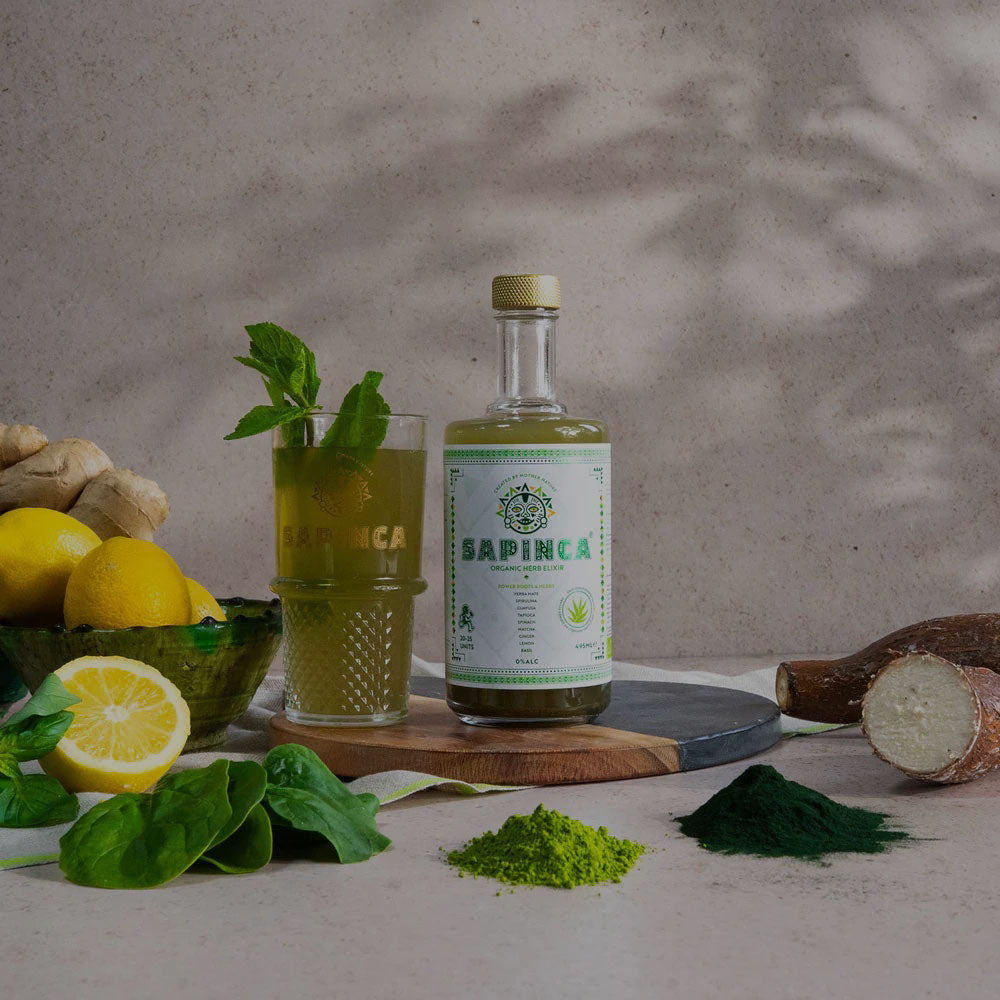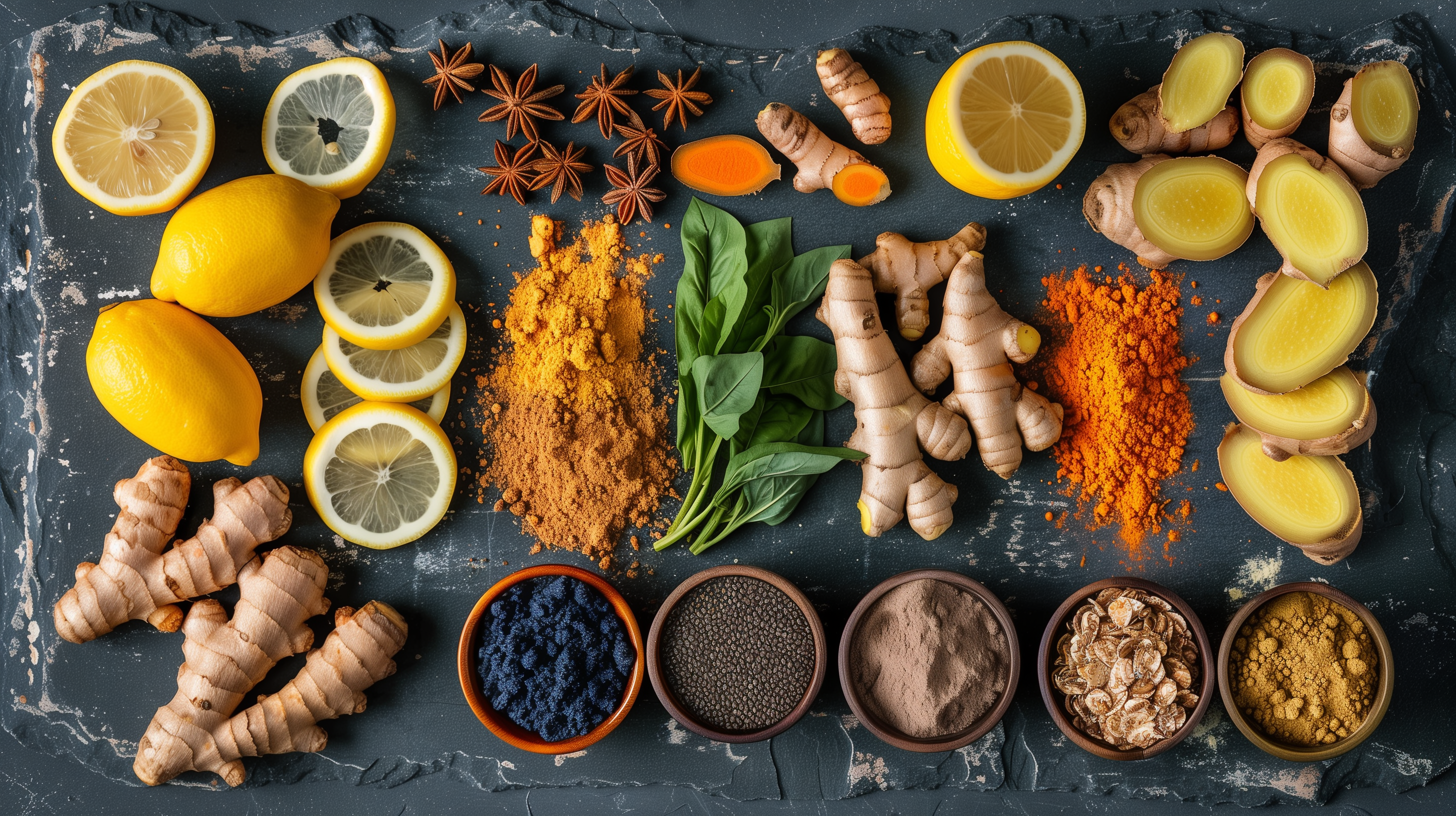Ingredient Glossary

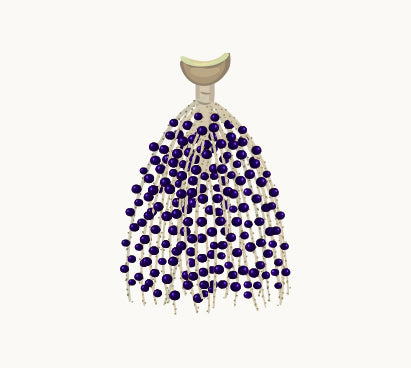
Açai
Açai is a berry which grows on acai palms in the rainforests of Central and South America. The berries are small, round and have a black-purple colour. They look a bit like small grapes and grow in branched panicles of 500 to 900 fruits. The taste might make you think of dark chocolate or coffee. It has a good reputation as a ‘superfood’ and is very popular around the world.
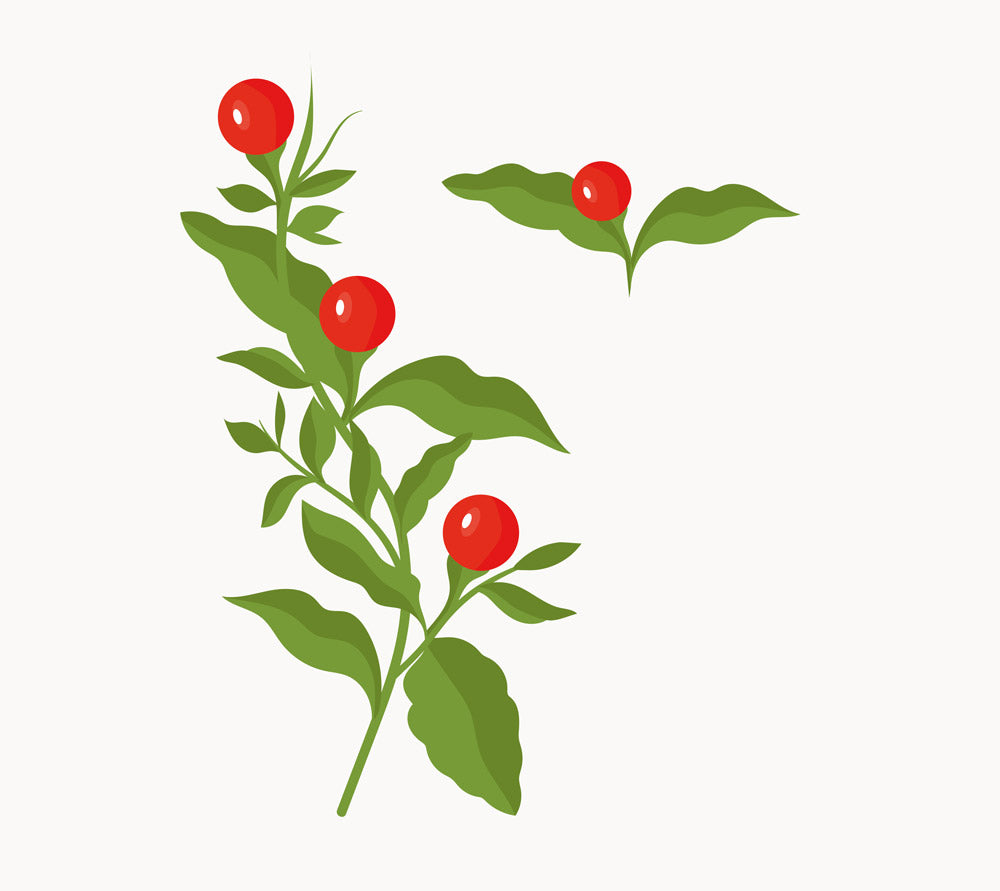
Ashwagandha
Ashwagandha* (Withania somnifera) is an ancient herb and comes from India, South Asia and parts of Africa. The name ashwagandha comes from the strong ‘horse-like’ smell. ‘ashva’ means horse in Sankrite and ‘ghanda’ means smell. Ashwagandha plays an important role in the traditional herbal medicine of Ayurveda and contributes to optimal relaxation**. The taste of ashwagandha root is earthy and bitter.
*The use of ashwagandha is not recommended for women who are pregnant or breastfeeding. It is also not recommended for people who have had, or are going to have, an organ transplant or have a severe liver disease. Not sure about taking ashwagandha? Always consult your doctor.
**When taking an equivalent of 3-6 grams of powder or extract

Banana
Banana is a fruit and originated in southern Asia. They are grown in tropical regions, such as South and Central America, India, China and Africa. Botanically the banana is classified as a berry. Fun fact: a cluster of bananas is called a ‘hand’ and a single banana is called a ‘finger’. Banana Bananas taste deliciously sweet. The level of sweetness depends on the ripeness of the fruit.
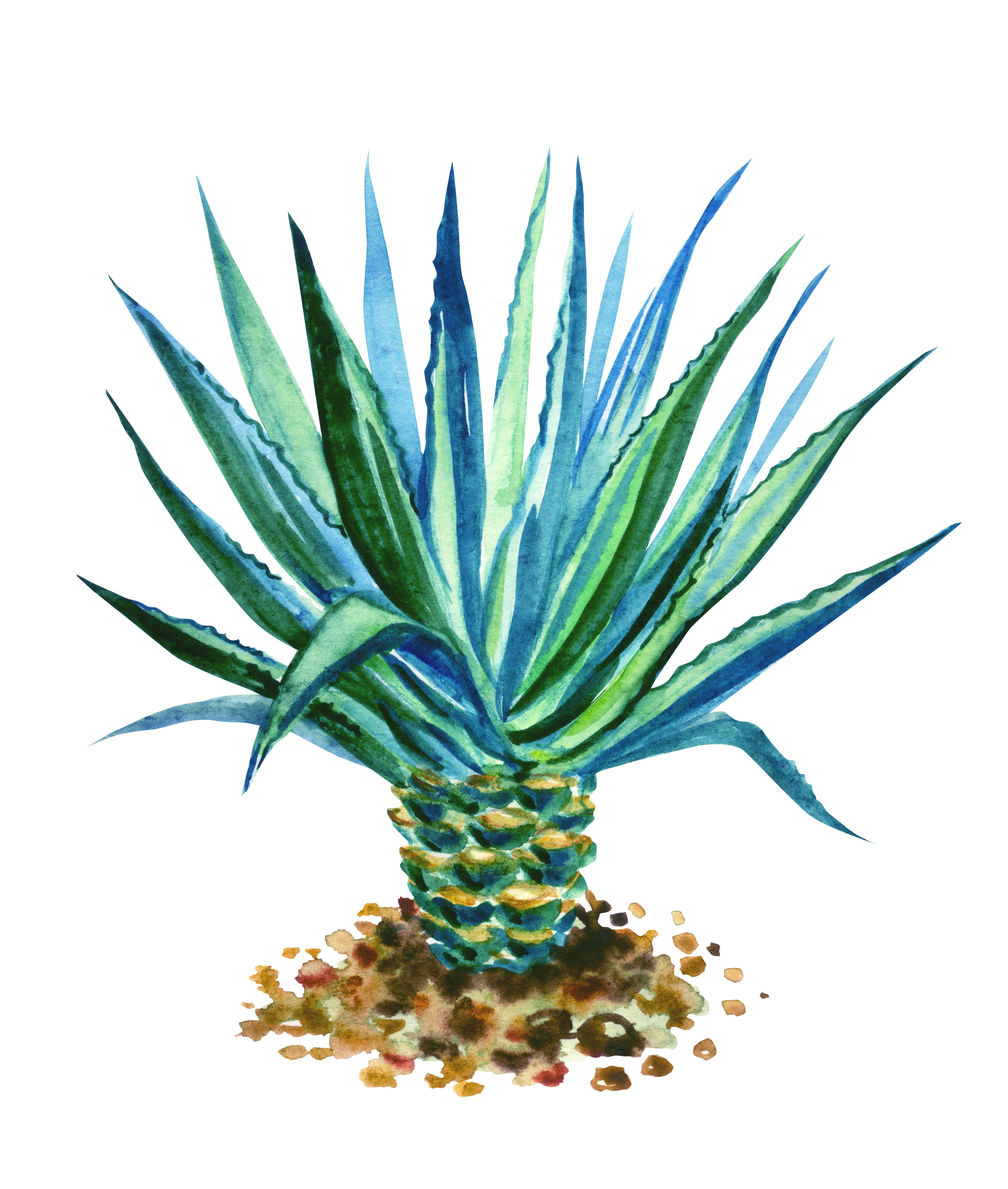
Blue Agave
Blue Agave (Agave tequilana) is a succulent with a blue-gray color that grows in Mexico. The leaves are thick and fleshy, and the heart of the plant is used for its sweet juice. The plant is also used to produce the alcoholic drink tequila.
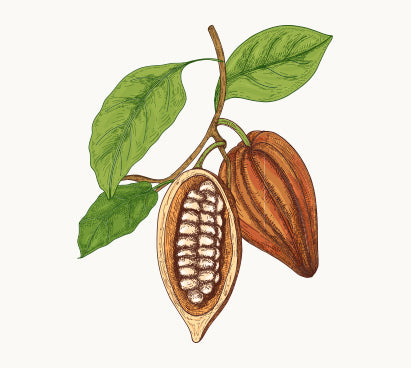
Cacao
The cacao tree (Theobroma cacao) is a small tropical tree, grown for its edible seeds. It is native to lowland rainforests of the Amazon and Orinoco River basins. These days cacao trees are also grown commercially in western Africa and Asia. The word ‘theobroma’ comes from ancient Greek and means ‘food of the gods’. Ancient Meso-Americans (Maya’s, Aztecs) believed that cacao was a gift from the gods. Cacao is known for its ability to protect from oxidative stress*. Cocoa has a very rich, complex flavour. It usually has a nice bitter taste, but the characteristics can differ as there are different types of cacao and different ways to process the beans.
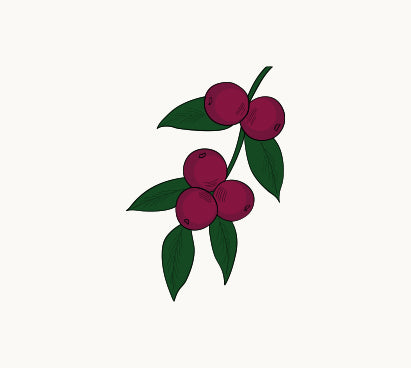
Camu Camu
Camu camu (Myrciaria dubia) is a berry found in the Amazon rainforests of Peri and Brazil. Camu camu has been called a ‘superfruit’, due to its high levels of vitamin C, among other antioxidants. The berry has a very sour taste and is slightly bitter.
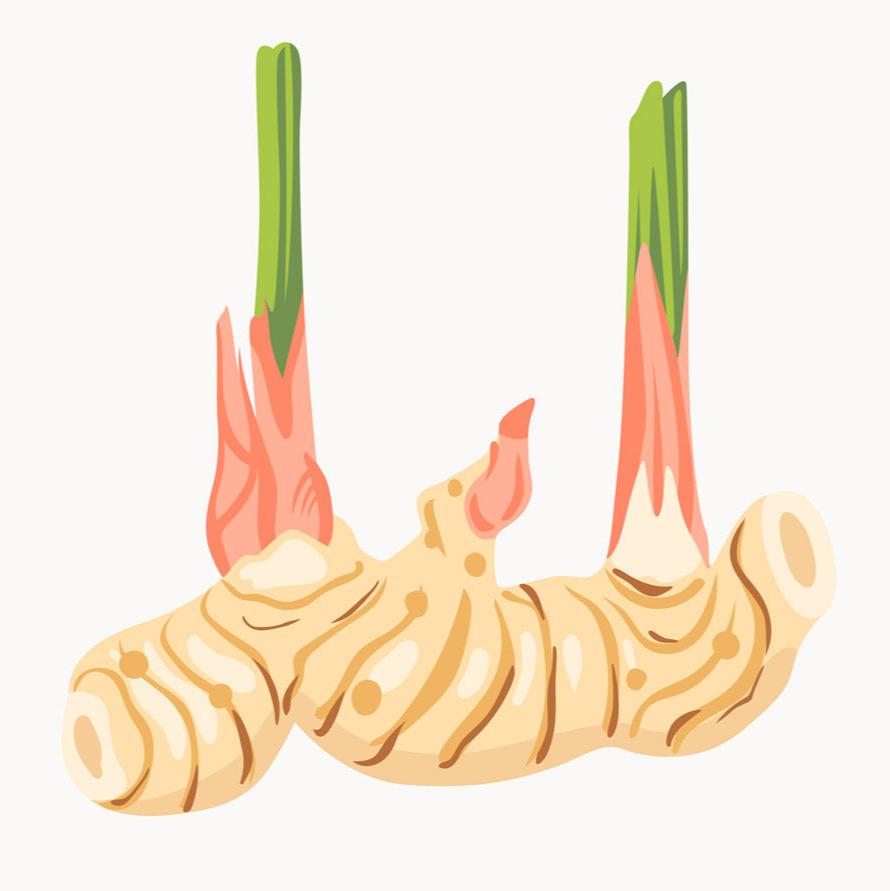
Galanga
Galanga (Alpinia galanga) is the rhizome of the tropical plant Alpinia galanga. The plant belongs to the ginger family and originates from Java and China. The galangal plant grows small white flowers with a dark-red veined tip. Galanga is also known as blue ginger, Thai ginger or Siamese ginger. The taste and aromas of galanga can also be compared to ginger: lemony and spicy. Galanga is known to assists in digestion*.
*Evaluation of these health claims are ongoing

Ginger
Ginger (Zingiber officinale) is well known for centuries, especially in the east. Herbalists in the east part of the world have been prescribing ginger for centuries because it is thought to have several health benefits. The name is derived from the old English word ‘gingifer’, which is based on an old Sankrit word meaning ‘horn root’. The taste of ginger is fresh, lemony, spicy and pungent and you can use ginger to support your body’s immune system* and to help support the digestion**.
You might also have heard of ‘stem ginger’. Stem ginger comes from young ginger roots, which do not contain fiber. It is often used in syrups and sweets.
*When taking an equivalent of 0,5 gram **When taking an equivalent of 150 ml
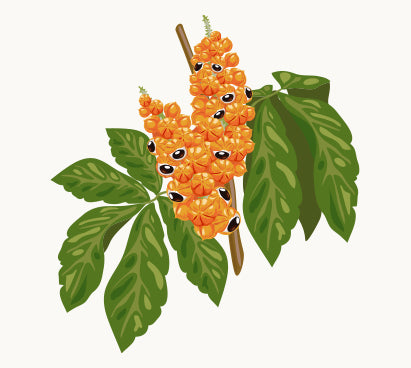
Guarana
Guarana (Paullinia cupana) is a tropical climbing plant from South America. The berries and seeds of this plant contain caffeine; therefore, it's used a lot in energy drinks. Guarana has a fruity scent and smells a bit like bubble gum. Guarana is known to help sustain physical and mental vitality and is thought to strengthen immunity*.
*Evaluation of these health claims are ongoing
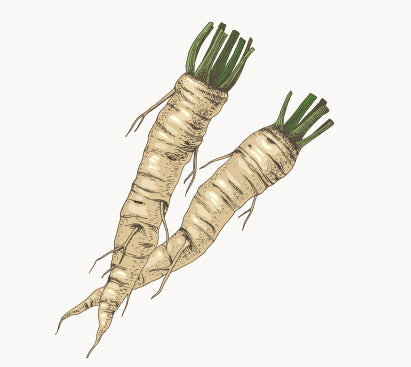
Horseradish
Horseradish (Armoracia rusticana) is a plant of the mustard family. Horseradish has its origin in the southern part of Russia and the eastern part of the Ukraine. The name horseradish may come from a variation of the German name for ‘sea radish’, meerrettich. It was believed that the English mispronounced the German word ‘meer’ and called it ‘mareradish’. Eventually it became horseradish. The taste is similar to that of radish or mustard: it is nice and spicy. Horseradish can contribute to the functionary of the urinary tract*.
*Evaluation of these health claims are ongoing

Lemon
Lemons (Citrus limon) are citrus fruits, like limes and oranges. Lemons are often used as a natural antioxidant. They also have a reputation for discouraging mosquitoes from coming near, as they don't like the smell of it. Lemons have a strong, sour citrus flavour and the juice can be used to enhance other flavours in a drink or dish. Did you know that lemons can help to support the digestion?*
*Evaluation of these health claims are ongoing

Licorice Root
Licorice (Glycyrrhiza glabra) is a plant that grows in Western Asia and Southern Europe. The root of this plant is very sweet and aromatic. Licorice root is therefore also known as ‘sweet root’. It can be used as flavouring for candy and other foods and drinks. Licorice root was already known and used in beverages among the ancient Egyptians.
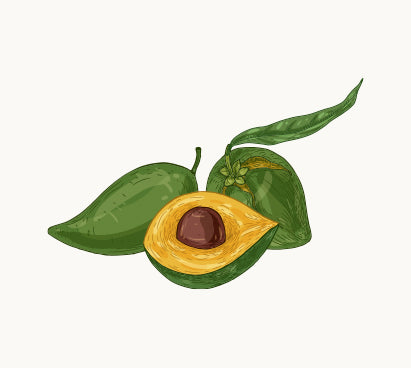
Lucuma
Lucuma (Pouteria lucuma) fruit comes from the Pouteria lucuma tree. It grows in South America, by the valleys of the Andes. The fruit is also known as ‘Gold of the Incas’. The subtropical fruit has a very sweet flavor and can therefore be used as a low-sugar sweetener. The taste is often described as pumpkin with hints of vanilla and caramel. Because of its great flavour lucuma is the most popular flavor of ice cream in Chili.
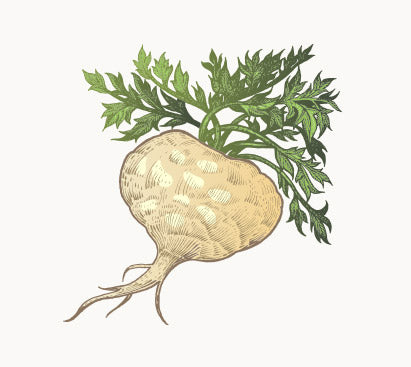
Maca
Maca (Lepidium meyenii) is a root vegetable that comes from the maca plant. The plant grows in Peru and comes from the same family as the radish. Maca has been cultivated for at least 2000 years. Maca is one of the few edible plants that can survive harsh weather conditions above 4000 meter. The root is known for its ability to help to maintain sexual performance and energy*.
Maca has a special taste that is commonly described as fruity, slightly acidic, vanilla-like and caramel-like. It’s quite often used as a substitute for sugar because it's also quite sweet.
*When taking an equivalent of 1000-3000 mg

Orange Root
Orange root plants (Asclepias tuberosa) owe their name to orange-colored rhizomes that grow underground. The plant is commonly known as butterfly weed because the flowers attract butterflies.
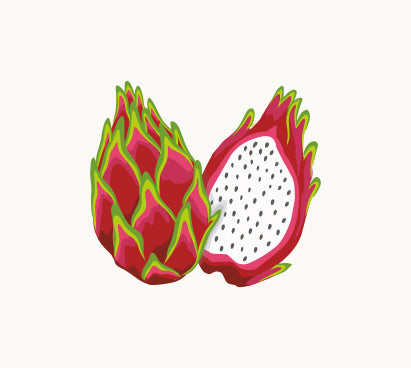
Pitaya
Pitaya, also known as the dragon fruit, is a member of the cactus family. The pitaya is originally from central and south America. The flesh from the fruit is white or pink with black seeds. The name ‘dragon fruit’ is derived from its appearance. The spikes resemble fire and the scales resemble that of a dragon. The taste is sweet and sour and might remind you of pears.
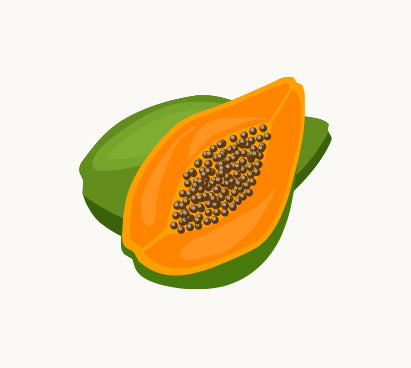
Papaya
Papaya is a tropical fruit which originates from southern Mexico and Central America. Botanically it is a berry. The trees are also called ‘melon-trees'. Papayas have orange flesh, a sweet melon-like taste sweet and smell a bit like of apricots. Papaya contributes to the protection against oxidation*.
*When taking an equivalent of 1500 mg
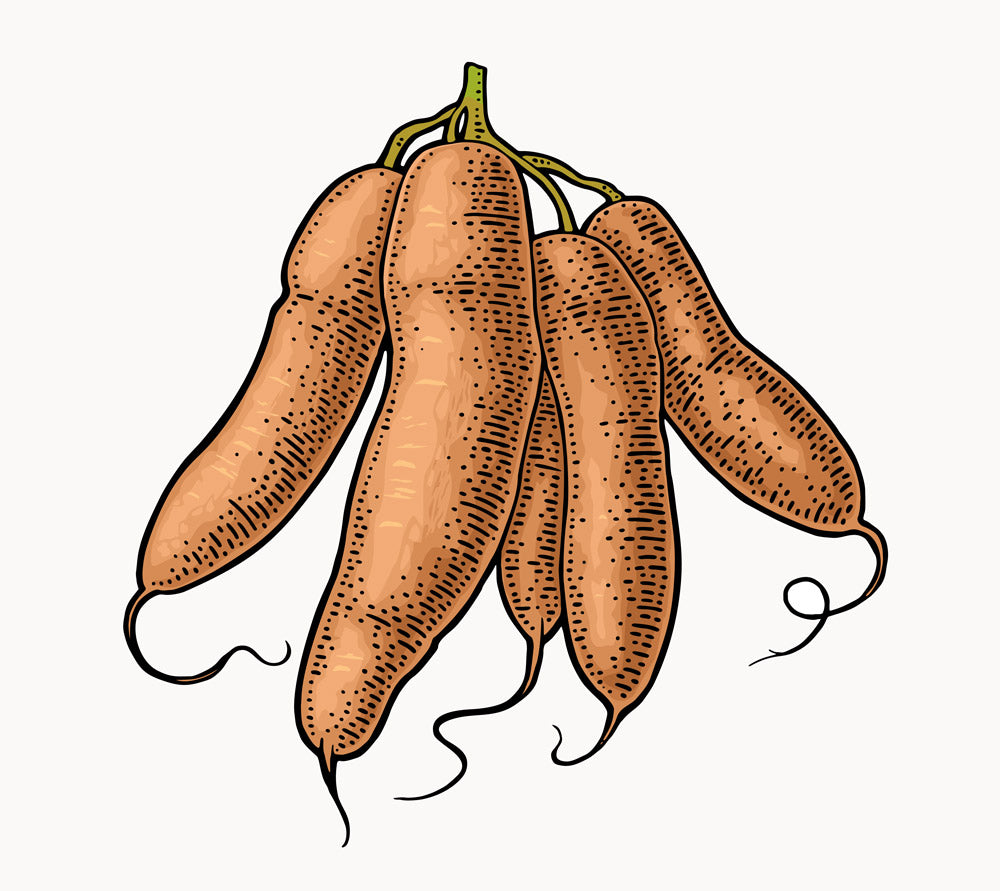
Tapioca
Tapioca (Manihot esculenta) is a starch extracted from cassava root. The main producers of tapioca are Brazil, Nigeria and Thailand. Tapioca is used as a natural thickener in a lot of products. The taste of tapioca is very neutral.
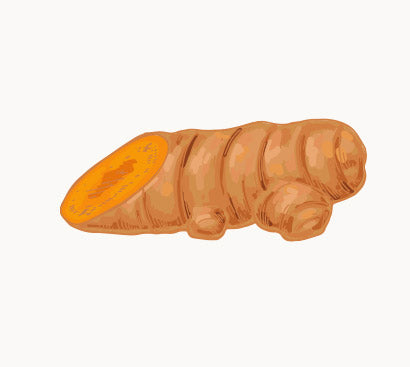
Turmeric
Turmeric (Curcuma longa) is a spice that is extracted from the curcuma longa plant. This is a plant in the ginger family that is grown in Southeast Asia. The spice can be recognized by its yellow color. Many curry spices contain a lot of turmeric, as it is very spicy and flavourful. It is often described as warm, slightly sharp and earthy. Tumeric also has some health benefits: it helps support normal liver function and it contributes to better fat digestion and digestive comfort*.
*Evaluation of these health claims are ongoing
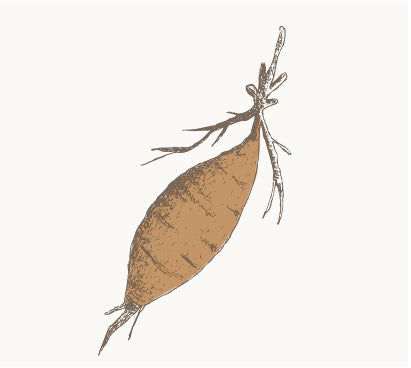
Yacon
The Yacon (Smallanthus sonchifolius) plant produces sunflowers above the ground and edible tubers underground. The tubers look like sweet potatoes. The Yacon plant grows in South America. The Incas used to call the tubers ‘water roots’, because of their refreshing flavor. The taste is also sweet, because of the inulin it contains.


